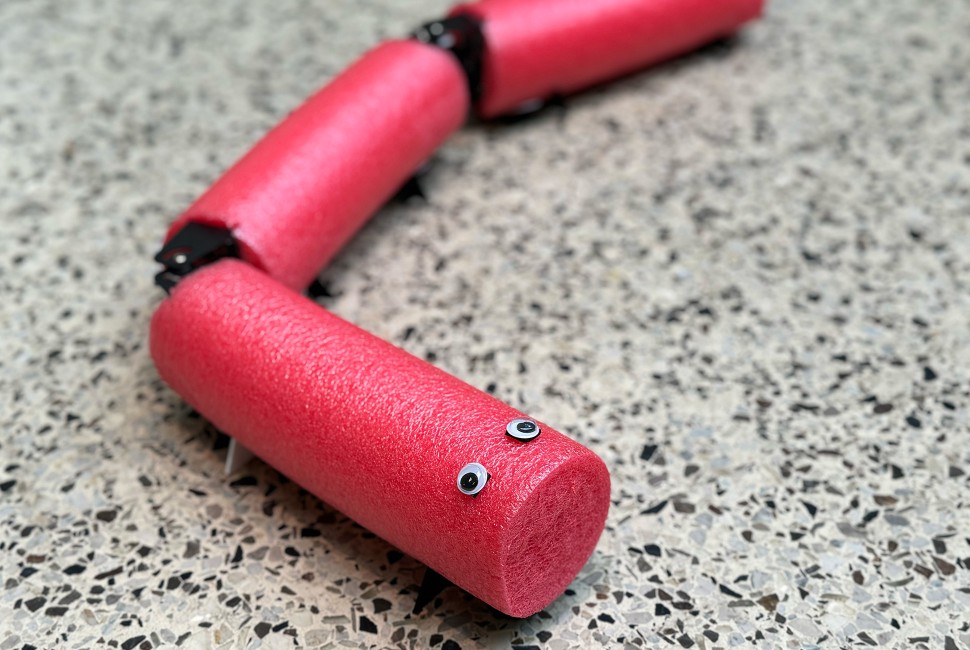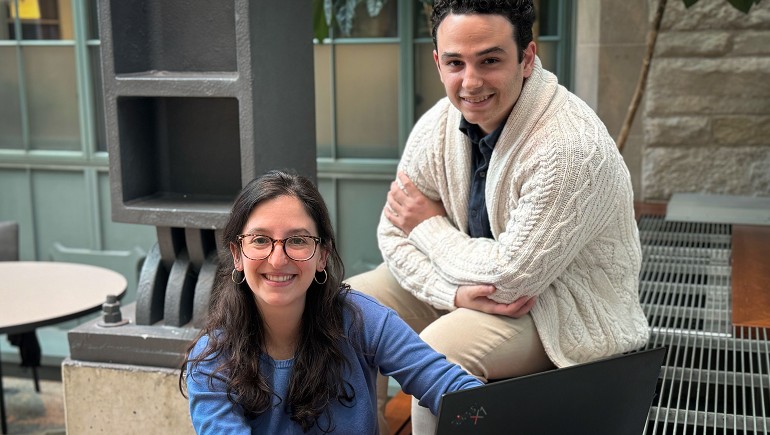Northwestern University engineers have developed a new artificial intelligence (AI) algorithm designed specifically for smart robotics. By helping robots rapidly and reliably learn complex skills, the new method could significantly improve the practicality — and safety — of robots for a range of applications, including self-driving cars, delivery drones, household assistants and automation.
Called Maximum Diffusion Reinforcement Learning (MaxDiff RL), the algorithm’s success lies in its ability to encourage robots to explore their environments as randomly as possible in order to gain a diverse set of experiences. This “designed randomness” improves the quality of data that robots collect regarding their own surroundings. And, by using higher-quality data, simulated robots demonstrated faster and more efficient learning, improving their overall reliability and performance.
When tested against other AI platforms, simulated robots using Northwestern’s new algorithm consistently outperformed state-of-the-art models. The new algorithm works so well, in fact, that robots learned new tasks and then successfully performed them within a single attempt — getting it right the first time. This starkly contrasts current AI models, which enable slower learning through trial and error.
The research was published today in the journal Nature Machine Intelligence.
“Other AI frameworks can be somewhat unreliable,” said Northwestern’s Thomas Berrueta, who led the study. “Sometimes they will totally nail a task, but, other times, they will fail completely. With our framework, as long as the robot is capable of solving the task at all, every time you turn on your robot you can expect it to do exactly what it’s been asked to do. This makes it easier to interpret robot successes and failures, which is crucial in a world increasingly dependent on AI.”
Berrueta is a Presidential Fellow at Northwestern and a Ph.D. candidate in mechanical engineering at the McCormick School of Engineering. Robotics expert Todd Murphey, a professor of mechanical engineering at McCormick and Berrueta’s adviser, is the paper’s senior author. Berrueta and Murphey co-authored the paper with Allison Pinosky, also a Ph.D. candidate in Murphey’s lab.
The disembodied disconnect
To train machine-learning algorithms, researchers and developers use large quantities of big data, which humans carefully filter and curate. AI learns from this training data, using trial and error until it reaches optimal results. While this process works well for disembodied systems, like ChatGPT and Google Gemini (formerly Bard), it does not work for embodied AI systems like robots. Robots, instead, collect data by themselves — without the luxury of human curators.



